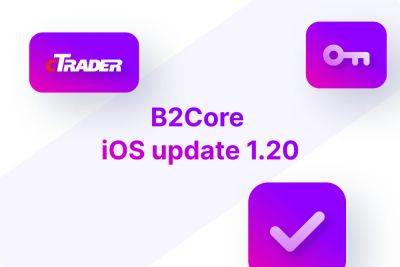Staking on LUKSO? Look no further: A new liquid staking protocol just went live
The liquid staking protocol, LEEQUID, eliminates entry barriers for crypto enthusiasts seeking to stake their coins. It is designed to be user-friendly, catering to individuals lacking technical expertise in running their nodes. It is the first staking pool for LUKSO, a newly released layer-1 blockchain focused on improving the UX within Web3.
Staking is one of the most exciting developments seen in the crypto industry for several years. It allows holders of eligible coins to lock them up — and help secure the network.
While it wasn't the first blockchain to adopt proof-of-stake (PoS), Ethereum helped bring this concept to the mainstream. In a significant milestone, the Ethereum blockchain transitioned from the energy-intensive proof-of-work (PoW) to the more sustainable proof-of-stake consensus in September 2022 (the Merge).
But Ethereum's approach has caused pain points for stakers, with some everyday consumers left reluctant to get involved.
For one, those who wanted to get in on the ground floor of this blockchain's switch to PoS needed to deposit 32 Ether (ETH) in a deposit contract. This was then locked up indefinitely until the upgrade was completed. Those who did so faced a two-and-a-half-year wait before withdrawals were initiated again. That's a long time to be separated from your crypto.
Back in December 2020, 32 Ether was worth about $19,000. When Ether reached an all-time high of $4,891 in November 2021, this would have surged to $456,000. Even now at current market rates, you need over $50,000 for the right to run your own node. Such extravagant sums put this out of many people's reach.
Even for those with deep pockets, there are other hurdles to overcome. Running a validator node is technical and comes with
Read more on cointelegraph.com




















